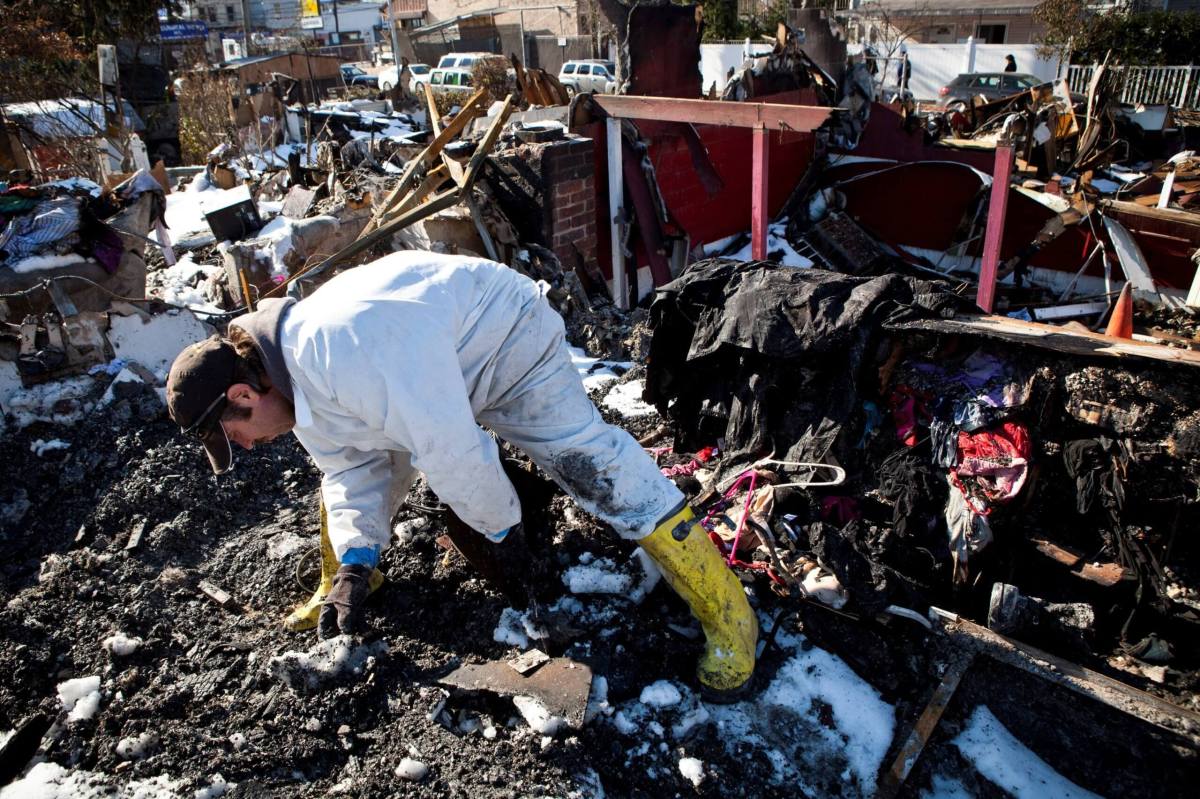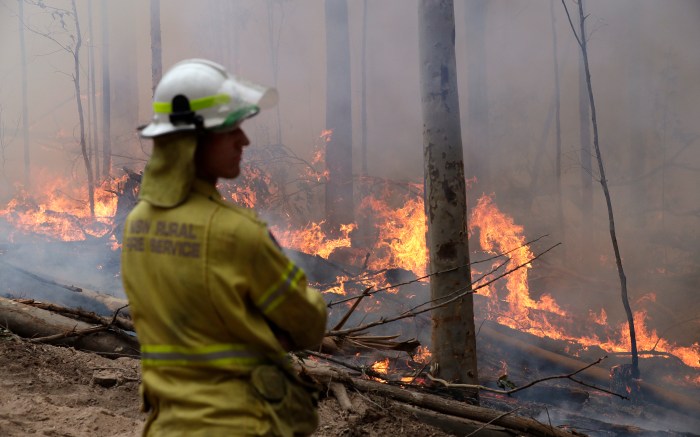When Hurricane Sandy barreled over New York City and the East Coast in 2012, it caused $63 billion in damage, making it one of the costliest storms in U.S. history. Now, scientists have estimated that climate change pushed that price tag up by at least 13%.
In a study published Tuesday, researchers compared Sandy’s storm-surge flooding with what it might have looked like had sea levels not risen about 10 centimeters since the pre-industrial era. They found that this climate-related sea level rise was responsible for more than $8 billion in losses in New York, New Jersey and Connecticut.
The higher sea levels also meant 36,000 more homes were destroyed than would have been without climate change.
“The implication is that … every storm, every flood has a climate change price tag on it,” said ecologist Benjamin Strauss, chief scientist at the independent Climate Central organization of scientists and journalists.
“The only way for coastal areas to defend themselves is to drastically slow down our emissions and reduce the total amount of sea level rise,” he said.
The average global sea level is rising primarily due to melting glacier and polar ice as well as the expansion of ocean water as it warms. That warmer water is also fueling stronger hurricanes and cyclones with the potential for more ferocious winds and heavier rain.
For the new study, the scientists focused only on sea level rise as a climate factor because of the amount of quality data available, and left out other storm characteristics like wind speed that might also have been impacted by global warming. That means the role that climate change played in Hurricane Sandy may have been even bigger.
Sandy, a Category 3 hurricane on the five-step Saffir-Simpson scale with winds of up to 115 miles per hour (185 km per hour), was the strongest storm to hit the United States and parts of the Caribbean in 2012. It killed 233 people across eight countries, and crippled public infrastructure including the New York City subway for days.
Scientists have warned for decades that climate change could cause increasingly extreme and damaging weather.
But “for a long time it has not been possible to connect climate change and global warming to weather and climate-related disasters,” said Oxford University climatologist Friederike Otto, a co-leader at World Weather Attribution, a scientific collaboration.
However a new field called “event attribution science” is allowing scientists to tease that out.
“The tide — the rising tide, as it were — has turned because of the emergence of attribution,” said Otto, who was not involved in the Sandy research.




































